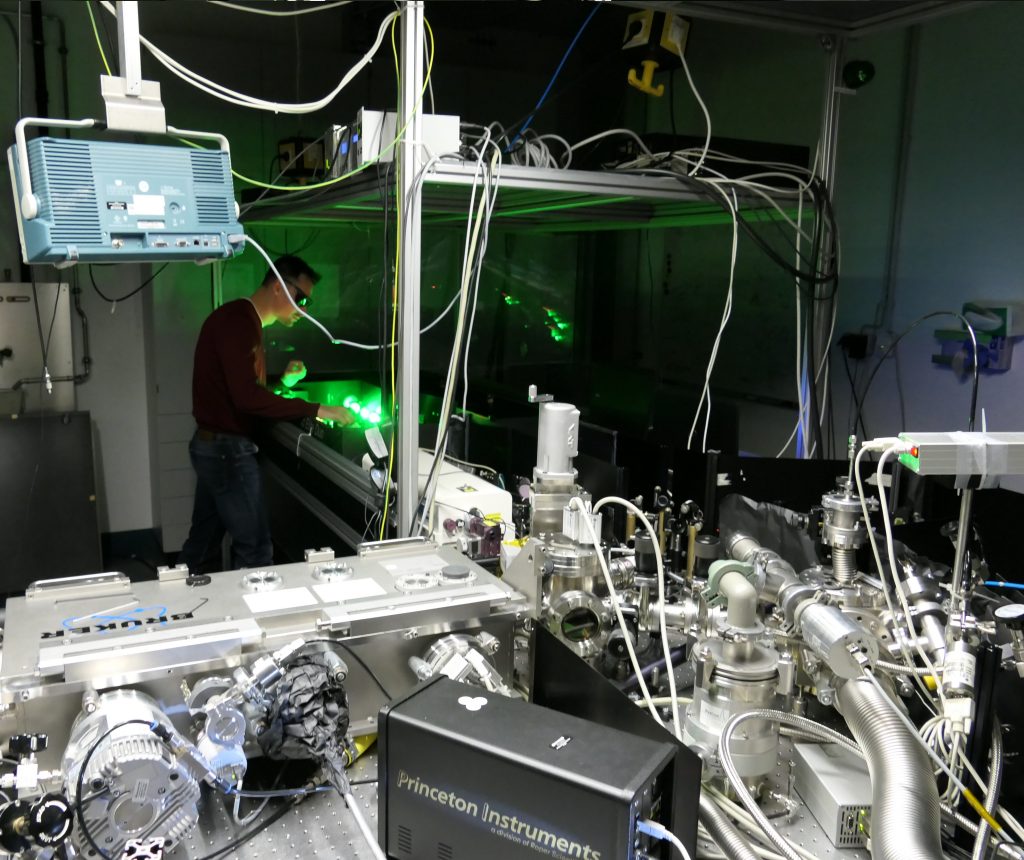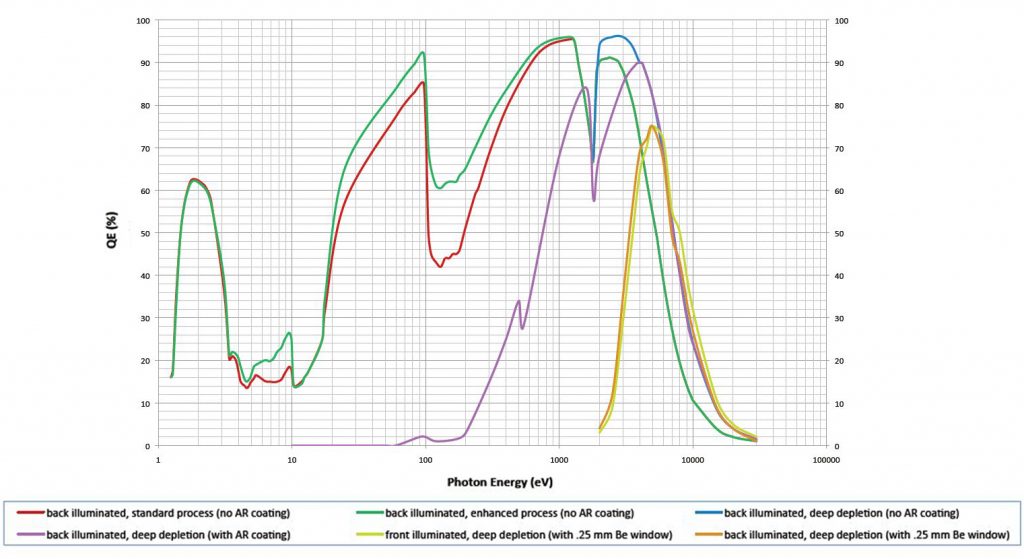Laboratory EUV Sources
Wavelengths encompassing extreme ultraviolet (EUV) and soft x-rays are important for a wide range of applications, such as material research, lithography, and chemical analysis. Although these wavelengths can be produced in a synchrotron, these sources are typically limited in both time resolution and continual access. Laboratory based EUV/soft x-ray sources provide increased experimental flexibility, allowing for attosecond temporal resolution as well as continual access for more fundamental studies.
Laboratory tabletop EUV sources can be generated in two ways. The first is via a laser-pulse plasma, in which a metal target, typically tin, is ionised to form a plasma. This produces a broad beam of EUV wavelengths which can be used for lithography-based applications.
High-harmonic generation is the most common way to generate lab based EUV source due to its reliability and precision. It produces a range of coherent EUV – soft x-ray wavelengths that are spatially separated, offering experimental flexibility and optimization. High harmonic generation can produce EUV/soft x-ray sources at rapid speeds, allowing for research such as attosecond nonlinear optics, spin dynamics, and heat transport studies, all on the nanoscale.

Application Notes
High-Harmonic Generation (HHG) and High-Sensitivity, High-Speed Scientific Cameras for Applications in the Soft X-ray Energy Regime

As is the case with many scientific and commercial technologies, the x-ray imaging and spectroscopy instruments utilized to perform leading-edge academic and industrial research are becoming smaller, more cost effective, and — in a sense — more personalized. For years, researchers across a wide range of…Read Full Article
Technical Notes
New QE Response Curves for Soft X-ray to VUV Energy Range
Since the invention of charge-coupled-device (CCD) technology in 1969, its extended sensitivity from the NIR to the x-ray region of the electromagnetic spectrum has been utilized to good effect in a wide variety of application areas.
Owing to the unique characteristics of their construction, CCDs are especially useful for imaging and spectroscopy performed in…Read Full Article

